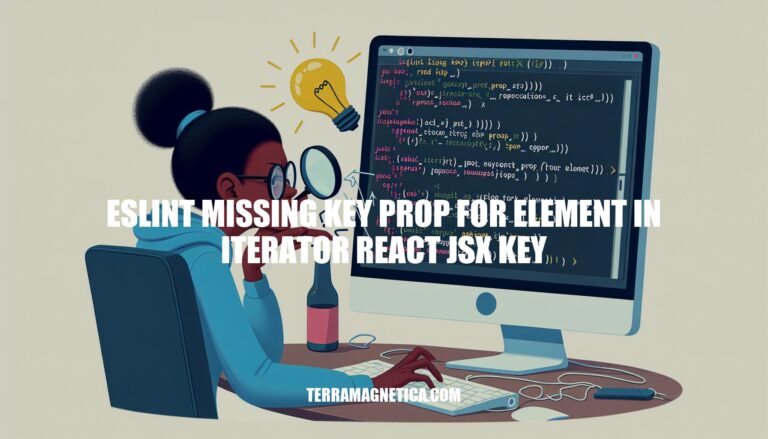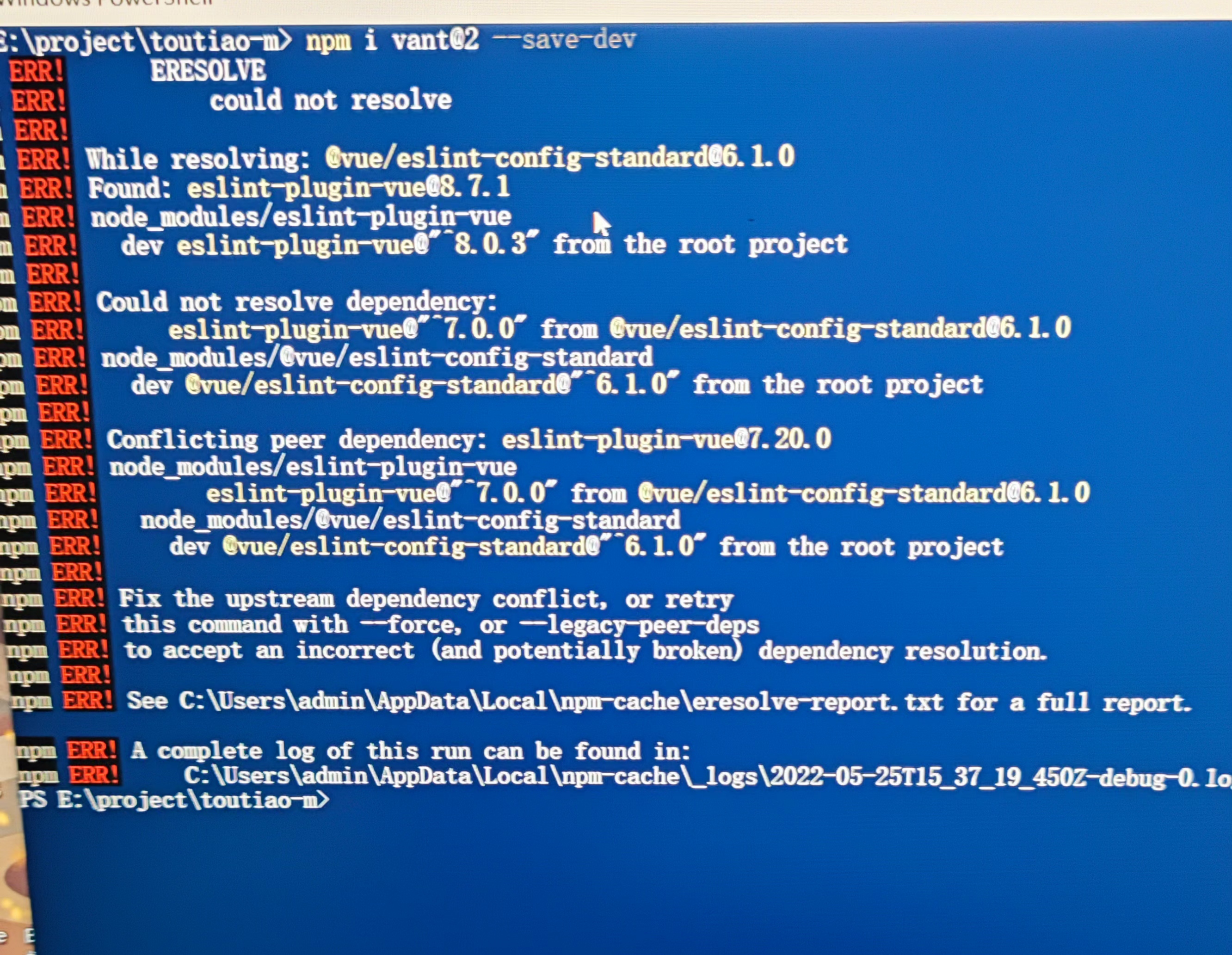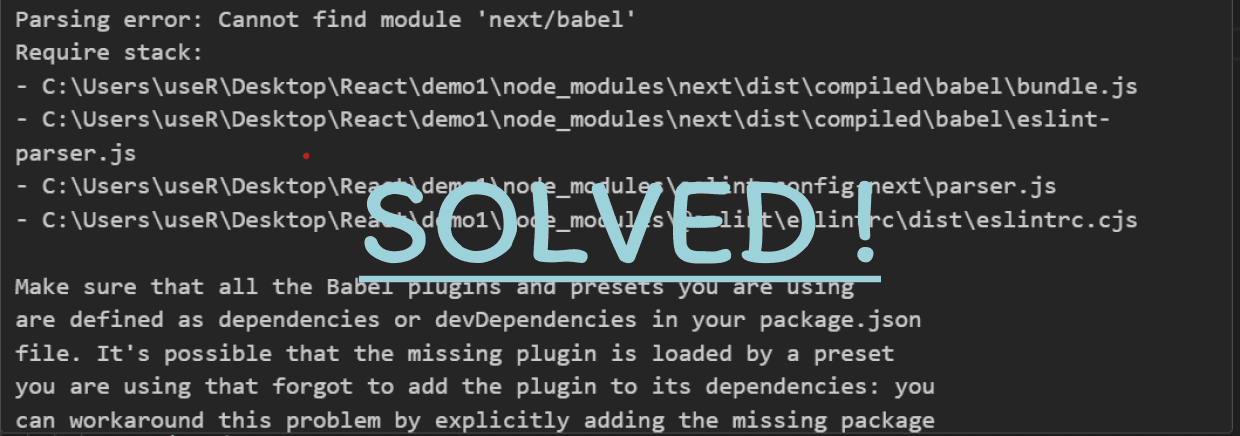ESLint, a powerful linting tool for JavaScript and TypeScript, helps enforce coding style and catch potential errors. However, managing ESLint configurations, especially when dealing with TypeScript projects and overridden rules, can be challenging. This guide will walk you through effectively resolving ESLint errors and managing your customized rules, ensuring a clean and consistent codebase. Understanding how to handle these issues is crucial for maintaining high code quality and improving team collaboration. This post will cover how to troubleshoot ESLint issues and leverage its power for your TypeScript projects.
Understanding and Troubleshooting ESLint Errors in TypeScript Projects
When working with TypeScript and ESLint, you often encounter errors stemming from type mismatches, incorrect syntax, or violations of your configured rules. These errors are highlighted by ESLint and usually appear in your code editor or terminal. Understanding the error messages is the first step towards resolving them. Many errors will provide detailed explanations of the problem and suggest possible solutions. For instance, an error might pinpoint an incorrect type annotation or a missing semicolon. Learning to decipher these messages efficiently is vital for fast debugging. Start by carefully reading the error message and examining the line of code it references. You’ll frequently find that the solution is straightforward once you pinpoint the root cause.
Identifying the Root Cause of ESLint Errors
Effective troubleshooting begins with careful error analysis. ESLint error messages often include the rule that was violated, the line number, and a description of the problem. Pay close attention to the rule name – this will help you locate the relevant section in your ESLint configuration file (.eslintrc.js or similar). Once you’ve identified the rule, you can determine whether to correct the code to adhere to the rule, disable the rule for that specific line using // eslint-disable-next-line , or adjust the rule’s configuration within your ESLint settings file. Remember to consult the official ESLint documentation for detailed explanations of each rule. This detailed breakdown of each error provides invaluable context.
Overriding ESLint Rules and Enforcing Custom Configurations
ESLint’s flexibility allows you to customize its behavior using configuration files. You can override default rules, create custom rules, and even extend pre-defined configurations like eslint:recommended or those specific to TypeScript, like @typescript-eslint/recommended. This configuration is crucial for maintaining a consistent coding style across your project. By carefully configuring ESLint, you can enforce standards that match your team’s preferences and project needs. This often involves understanding how to extend base configurations and selectively override rules based on your project’s unique requirements and complexities.
Managing ESLint Configuration Files Effectively
Your ESLint configuration file is where you define your rules and settings. This file, typically named .eslintrc.js or .eslintrc.json, controls how ESLint behaves. You can use various options to control the severity of rules (error vs. warning) and even disable specific rules altogether. Properly structuring this file is essential for maintainability. Consider using a structured approach, grouping rules logically, and adding comments to explain the purpose of each configuration. To help streamline management, use a dedicated linter configuration management tool or consider building a custom set of rules to manage your projects more effectively. This ensures consistency across all your codebases.
Comparing ESLint Configurations: Default vs. Custom
| Feature | Default ESLint Configuration | Custom ESLint Configuration |
|---|---|---|
| Rule Enforcement | Enforces a set of predefined rules. | Allows for complete customization and overriding of rules. |
| Flexibility | Limited flexibility in rule adjustments. | Highly flexible, allowing tailoring to specific project needs. |
| Maintainability | Generally easier to maintain, with fewer configurations to manage. | Requires careful maintenance and documentation to ensure consistency and avoid conflicts. |
Choosing between a default or custom configuration depends on your project’s requirements. For small projects, the default configuration might suffice. However, larger projects often benefit from custom configurations to enforce specific coding styles and handle project-specific rules. Remember, a well-structured and documented custom configuration ultimately enhances the maintainability of your project and improves team collaboration.
Example of Overriding a Rule in .eslintrc.js
module.exports = { extends: ['eslint:recommended', '@typescript-eslint/recommended'], rules: { 'no-unused-vars': 'warn', // Overriding the default 'error' to a 'warn' '@typescript-eslint/no-explicit-any': 'off' // Disabling this specific rule } };
Conclusion
Successfully resolving ESLint errors and enforcing custom rules is fundamental to maintaining a high-quality TypeScript project. By understanding error messages, utilizing configuration files effectively, and leveraging ESLint’s flexibility, you can create a consistent and maintainable codebase. Remember to consult the official ESLint documentation for detailed information on configuration options. Efficient ESLint management leads to improved code quality and collaboration, and ultimately, a more successful project. Start implementing these strategies today and experience the benefits of a cleaner, more consistent codebase. Regularly review and update your ESLint configurations to adapt to evolving best practices and your team’s preferences. Happy coding!
Learn more about advanced ESLint techniques by visiting TypeScript ESLint Configuration and ESLint configuration documentation.
#1 How to resolve ESLint validation error when building PCF control Power

#2 How to Resolve ’eslint missing key prop for element in iterator react

#3 Troubleshooting npm Errors: Unable to Resolve react-simple-chatbot
#4 ERESOLVE could not resolve While resolving:@vue/eslint-config-standard

#5 How to solve eslint Parsing error Cannot find module ’next/babel’

#6 How Eslint Can Enforce Your Design System Best Practices

#7 ESLint randomly started enforcing new rule which is incorrect and

#8 Parsing errors not showing in Problems tab when running “lint whole

